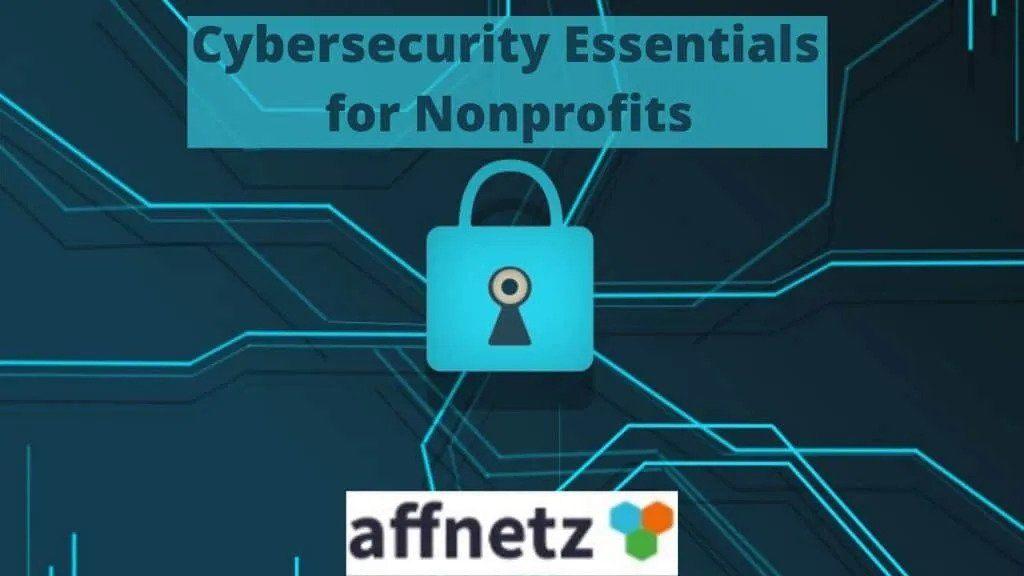One of the best fundraising resources available to nonprofits is free!
This brief primer will show you how to use this website to view the tax returns (990’s) of foundations to locate funders that might be interested in supporting your organization. You will also learn how to secure the names of selected foundation trustees to add to your organization’s mailing list.
The 990 is the tax return U.S. private foundations (and all non-profits) file with the Internal Revenue Service. The 990 is a public document and provides financial data for the foundation, names of trustees and officers, application information, and a complete listing of grants.
While larger foundations often issue annual reports and/or have websites that provide information on their grant awards, the 990 is often the only source where you can find a complete grants listing for smaller and mid-sized foundations.
Reviewing the 990’s of foundations will help you better target foundations more likely to fund your organization. By reviewing a foundation’s 990 you can understand WHO a particular foundation has funded in the past and HOW MUCH they funded.
How to Use Guidestar
Go to www.guidestar.org where you can search by Foundation Name, State, or Zipcode. Use the “More Search Options” function to also search by City.
Enter your search, click on the link for a foundation, and then “View Form(s) 990” for the most recent 990 link for the foundation. Click on the most recent 990.
DO NOT FEEL OVERWELMED IF THE FILE IS REALLY LARGE!!
You are only concerned with 3 pages of the 990.
Sometimes the information we need is included in an addenda to the return making the document very long. Luckily, all the information you need is always on pages 6, 9, and 10. Here is more information on these pages:-
Page 6 This page provides the list of officers, directors, trustees, and foundation managers. This page is the key to finding out who is making decisions about grant proposals. For larger foundations, this data will be included as an addendum to the return*.
Keep in mind, the addresses included for trustees are usually the addresses for the foundation’s post office box or to the accountant or trust manager’s address. For foundations of interest, you can gather the names and later research their addresses to add these folks to your mailing list to introduce the trustees to your organization.

Form 990 Sleuthing: The Basics
Page 10 This page provides details about how to submit funding proposals to the foundation.
Note box #2 in Part XV that reads, “Check here if the organization only makes contributions to pre-selected charitable organizations and does not accept unsolicited requests for funds.” If this box is checked, this foundation may not be a good prospect for grant funding – but that does not mean you can not message the trustees in an effort to become a pre-selected organization.
Sections “A”, “B”, and “C” outline to whom applications should be addressed, the type of application that is required, and submission deadlines. Make sure you review section “D” which outlines the foundation’s restrictions or limitations on grants by geographic area, field of interest, types of institutions, or other factors. For larger foundations, this data will be included as an addendum to the return*.
Page 11 This page of the return provides a complete listing of the foundation’s grants. As noted above, this is often the only way to find out a foundation’s entire grant portfolio. If the foundation has made numerous gifts, this data will be included as an addendum to the return*.
Use this data to determine the giving patterns of the foundation. If you determine the foundation only funds organizations in another city – STOP! If you see the foundation only gives to university athletic booster clubs – STOP! Best of all, if you see they give to organizations like yours, and are not geographically limited – GO!
If the box on Page 10 is not checked then you should consider applying for funding. Even if this box is checked, if there is a strong match between the foundation’s funding patterns and your organization, you should capture the trustee information from Page 6 in order to educate and message the trustees about your organization.
*Addenda Many times foundations will put relevant data in addenda that can be found at or near the end of the file. In other words, page 6 or page 11 might reference an attached schedule — in which case you then want to scroll to the bottom of the document, and then work your way up looking for the attachment. This data is almost always at the end of the file.
At Affnetz, we’re in the nonprofit success business, and we hope you find sleuthing 990’s as useful as we have in our nonprofit fundraising efforts. Let me know if this is a help to you and your nonprofit ~ and if you have any feedback, ideas, or success stories to share!
Author
Mike is a recognized expert, thought leader, advisor and speaker in the Nonprofit world. Over the past four decades, Mike served as an Executive Director, COO, see more




